Once or twice a year, a special time in Flesh and Blood dawns. We may get new cards every few months, but not all sets are created equal. Block constructed can be a lot of fun, and same with a sealed league- but dear reader, I am talkin'bout draft.
Draft is my favorite format in any game. It's an honest attempt at an even playing field, where skill and decision-making are the more decisive factors than raw luck or chance. Each standalone booster box of Flesh and Blood boasts that it is designed for draft, sealed, and constructed play- in fact, Armory posters used to say, “Designed for Booster Draft”. Because developers have given a lot of attention to the draft format, it should be no surprise that Flesh and Blood Draft is one of the most premium ways to experience the game.
In the first of two paired articles - the second exclusively for our Rathe Times subscribers - I'll be introducing Draft and laying out its core strategies, setting the stage for tactical considerations specific to Outsiders in part 2. Whether you've sent things on the wheel before or this is your very first draft primer, there's bound to be some information in here for you.
So, players, pick up your cards and let's draft.
The Dance of the Draft
Let's open with the foundation. Unlike constructed formats like Classic, Blitz, or Ultimate Pit Fight - formats where you bring your own set of cards to the table - the Draft format is one where you will create your deck progressively from a shared, limited pool of cards. Slowly, you'll shape your own preciously procured pile into a weapon with which to wither your foes.
Eight players get seated around the same table randomly, and each person is given three sealed booster packs. Once all the packs are in the hands of players and everyone is ready to begin, each player will open up their first of the three packs. Everybody removes the tokens from the back of the pack, picks a card from the remaining 14 cards that they just opened, and places that chosen card facedown, starting a pile of chosen cards in front of them.
If there was a cold foil in your token slot, you get to keep that card! You may not play with that card in your draft; however, cold foils you open, you keep.
Then lightly shuffle up and pass the remaining 13 cards, facedown, to the player on their left. In a professional environment, you will actually lay your cards out so that they may be clearly counted facedown by the receiving player, thus insuring that attentive drafters are never picking more or fewer cards than they ought. Now that you have handed the pack of 13 cards to your left and received a packet of 13 cards from your right, you should have a total of 14 cards - 1 that you've picked, and 13 that you have yet to pick from. The total number of cards in front of you throughout Pack 1 should always add up to 14.
Be careful to keep your chosen pile and your draft packs separate!
From the fresh westbound packet of 13 cards, it's time to choose another to add to your pile, and ship the remaining 12 cards, facedown, off to the player on your left.
This process is going to continue until all of the cards have been picked from the packs. You may not choose to skip picking from a pack, or take more than one card from a pack each time it comes to you.
Notably, at any given moment you may only look at the cards in the packet you are currently drafting from. That limit applies to the cards you've already drafted as well - those cards are left face-down in front of you, and you can't review them while you're drafting! If you are playing at a casual event, or just drafting cards with friends, you might be allowed to peek at your pile while you draft - just be extra careful to not mix up your drafted pile with any undrafted packs that have come your way.
This is one of the skills being tested: you have very limited information about what all is even at the table. Is card A better than card B? That might well depend on how many copies of card C are floating around the table...
Don't get too caught up in lamenting your choices made with limited information. Instead, see what more you can shape from the clay. The more you practice draft, the better you get, and a large part of that time will be spent making mistakes in picks.
Once the first pack is exhausted, you are allowed to look at your pile of chosen cards before the table collectively cracks into pack two. Pack two is a lot like pack one: remove the tokens, pocket any cold foils, pick a card you like - except this time, we will be passing the remainders of our packs to the right instead of to the left. Repeat the process of reading and picking cards, passing to the right, and growing your deck 3% at a time, until the second pack is exhausted.
The third and final pack will be drafted in the same fashion as the first pack: these cards are going back to the left.
At the end of all three packs, you should have 42 hand-picked cards from the 336 that were passed around the table. It is now on you to take a hard look at what you've drafted and form a deck out of it. That deck has to be a minimum of 30 cards that are legally playable by the hero you choose. You are not generally limited by quantity; if you draft nine copies of a card, you may absolutely put all nine of them in to your deck - unless the card itself specifically says otherwise (the Legendary keyword means one per deck).
Guiding Principles
The age-old question: what do I even pick out of these packs of cards?
Start with powerful cards, then narrow down into a class. Always take the majestic.... well, almost always. Equipment ain't free, and there's not quite enough of it to all go around. Read the cards thoroughly, and pick something powerful - almost never take the weaker of two choices.
To be more specific, these are the general guidelines that I use to guide my decisions during draft:
Pack 1, picks 1-4:
Take powerful cards that keep you open and not yet pigeonholed into a particular class or hero. I really like taking cards like Come to Fight, Death Touch, Feisty Locals, and Wreck Havoc - generic cards that make other cards better, or powerful rares that aren't locked into a single class.
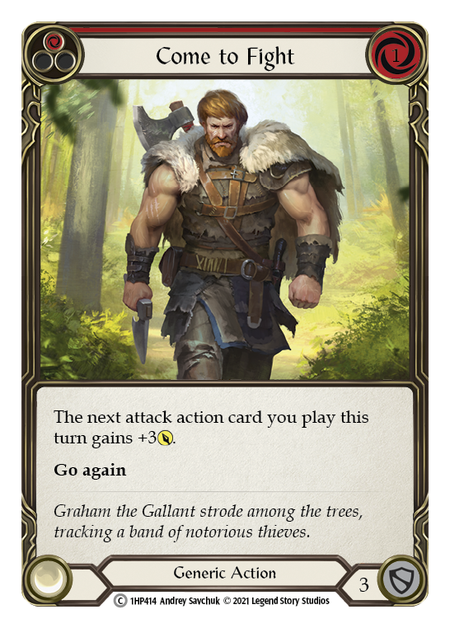
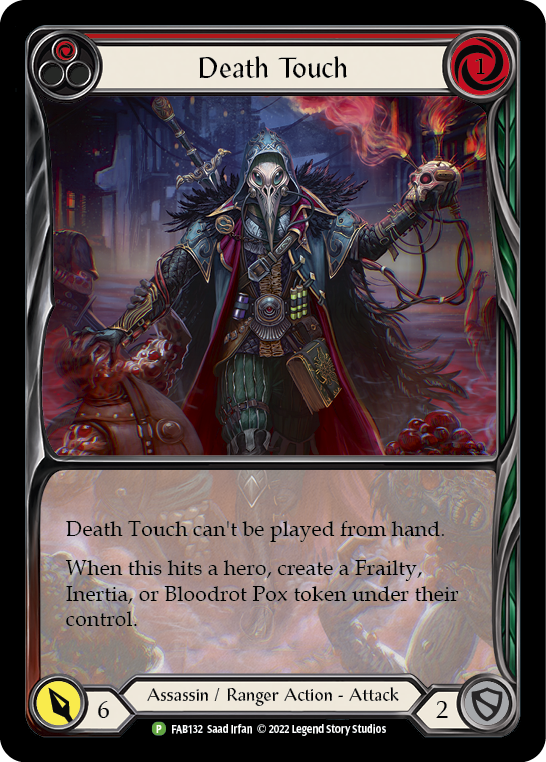
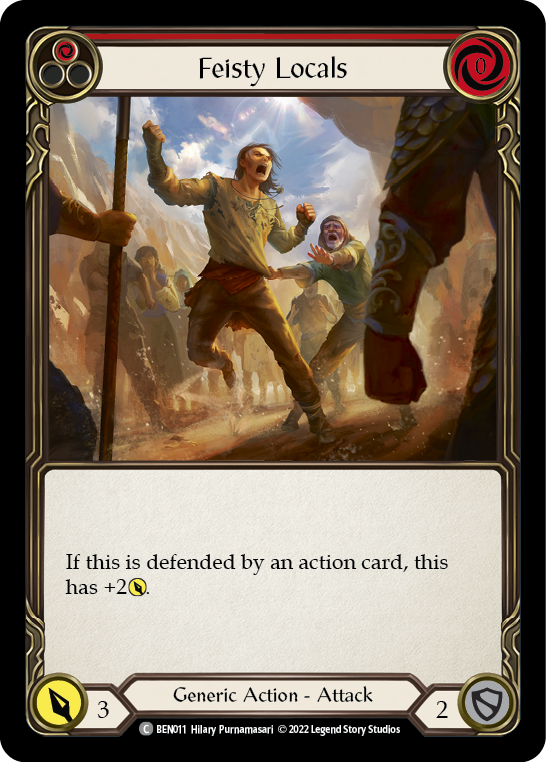
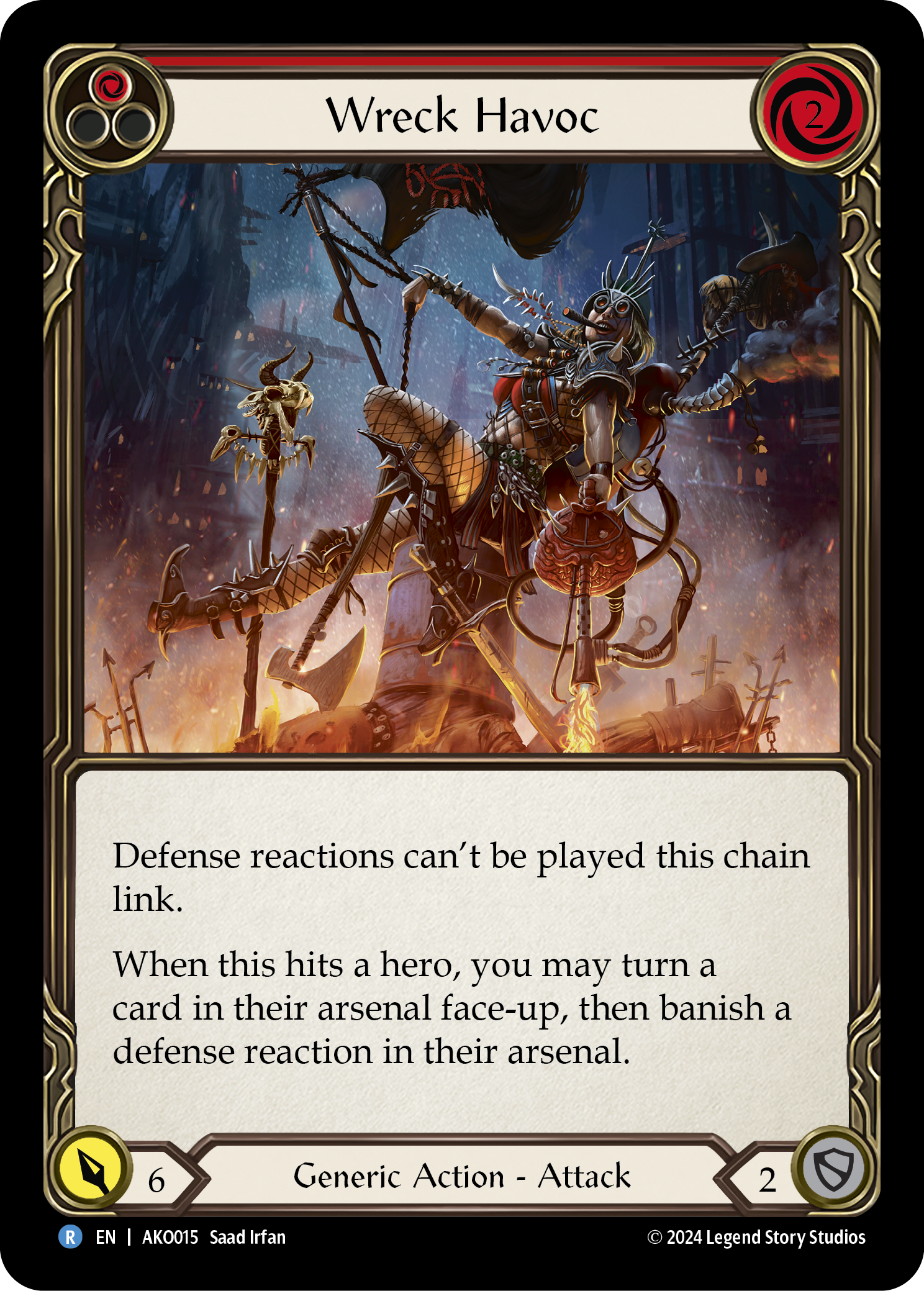
Pack 1, picks 5-10:
You should still be trying to take the most powerful card available to you, but now you will be taking cards that do start to put you into a specific class. Picks 5-10 of any pack are a great time to get some equipment. Common equipment is unlikely to be in the top 4 most powerful cards in a pack, but make no mistake, equipment can and will make the difference in your games - especially if it blocks or prevents damage in some way.
If you are in an arcane damage draft environment, I recommend taking equipment with Arcane Barrier very early, perhaps as soon as picks 1-5.
Pack 1, picks 11-14:
Pay special attention to the cards that you are seeing in the final throes of the pack. You might not even get to pick anything you like here, but it is important to see what sorts of cards are still floating around at the end of a pack. These give you clues about what your opponents are planning to play.
Pack 2, picks 1-4:
Now that you have taken powerful cards and a few cards that point you towards a specific class, these first picks of pack 2 should be spent getting more premium, powerful cards that agree with your deck direction; or, if you just aren't seeing cards for your class, now is a good time to pivot into a different class. A decent pivot target would be whichever class cards seemed to be the most numerous in picks 11-14 of pack 1 - and if you happen to open some very powerful cards for that class, it could be a clear sign to change course.
Pack 2, picks 5-10:
The time for pivoting is over, but that doesn't mean that these picks are not pivotal! Make sure that you double-down on your class and take cards that synergize with the hero you're focusing on - even at the expense of generally 'powerful' cards.
Pack 2. picks 11-14:
Seriously, pay attention to these final cards. Although it is unlikely that you will find anything overtly powerful in the 'bottom' of pack 2, you will definitely find information - like what hero or class is being drafted the least at the table.
Pack 3:
This is it, the final countdown. You should know what class you are in, and even what specific style or hero that you are going to be playing. You know what your deck has, and should be able to guess at what your deck is missing. Do you have enough blues to pay for everything? If not, start taking them now, because time has officially gotten short. You should also know what class cards are not being passed to you from the player on your left, as they were just passing you cards in pack 2; use this information to starve them of good choices. Always take cards that make your deck powerful first, but now is the perfect time to hate-draft. Even if you aren't playing Bravo in WtR draft, if a Crippling Crush, Show Time, or Spinal Crush come to your hands, probably take them just to make sure that they don't get slapped down on the playmat opposite you in rounds!
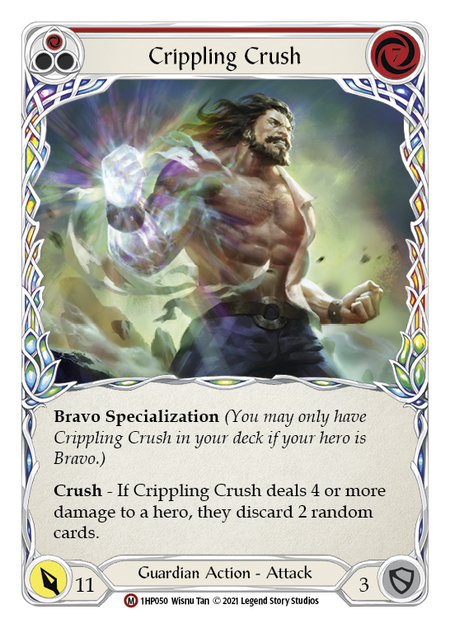


It bears repeating: watch for blues! Without enough blue cards, you are unlikely to draw into enough resources on a given hand to make it all work out. I recommend trying to pick 8-14 blues for your deck by the end of the draft - closer to 8 or even fewer if your average hand costs very little, and closer to 14 or 15 if your average hand costs quite a bit. When I draft Welcome to Rathe, for instance, I always take 12 blues in any case, and closer to 20 blues if I'm Bravo - there are a lot of expensive effects and cards in that set! Outsiders has a lot more low-resource-cost cards, but don't forget that Spider's Bites cost 2, Kodachis cost 1, and bows do not come pre-loaded the same way that daggers do.

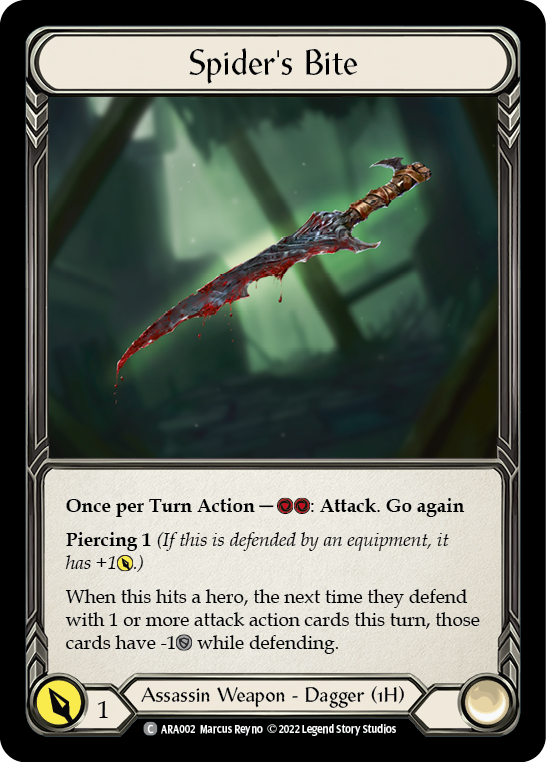
Talk the Talk
Let's talk about some of the terms that I've been using, and some of the terms that you might hear at the draft table. People have been drafting TCGs for nearly 30 years, so a lot of terminology has cropped up in that time... let's demystify that together.
Wheeling
This term refers to the circular nature of draft. If there are 8 people at the table and 14 cards in a pack, that means that you will see most of the packs opened up at the table, twice. In those packs, you might have more than one card that you want to pick... but you can only pick one at a time. If a card “wheels,” then it has made it through the other 7 players at the table and back into your hands to pick again. “Sending a card to wheel” is always risky, and you can't always rely on the other 7 people to look at the same pack you did and not take that card... but it does happen, and it can happen to you. Don't rely on wheeling cards, but don't be surprised when you, for example, take a Head Jab and send the Recoil or One-Two Punch to wheel. Who's going to take a finisher without the starter? Hard to say, but the finisher might just wheel if there weren't any starters to accompany it on the journey.
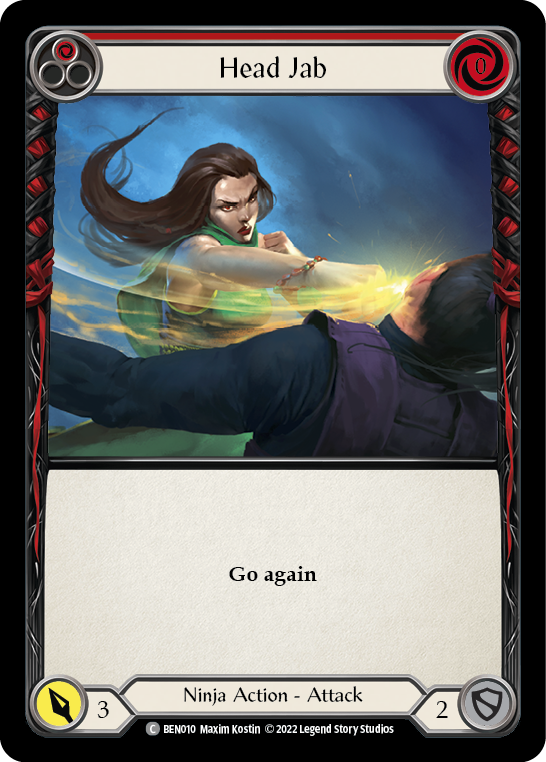
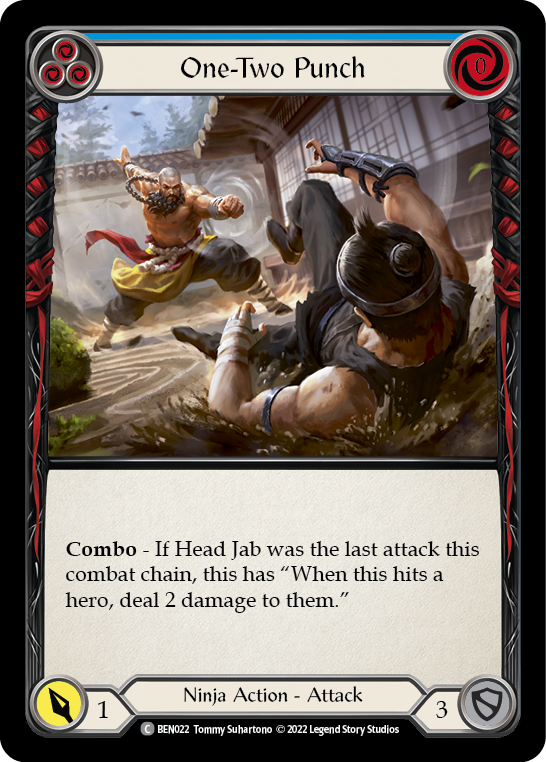
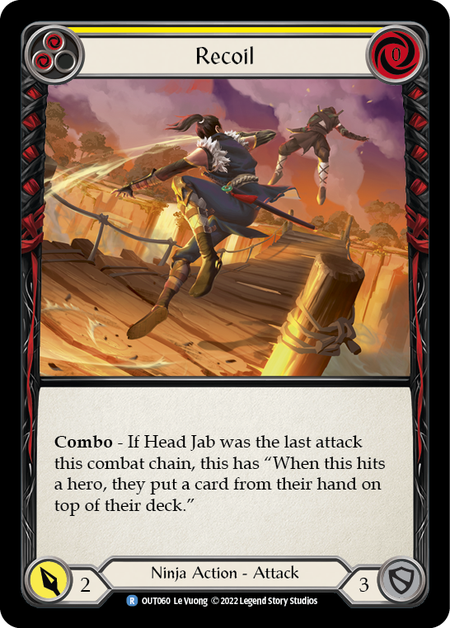
Pivoting
This simply means changing direction - which can be a difficult thing in draft. There are key moments where pivoting is a good idea, or even encouraged. After a certain point in the draft, however, pivoting becomes the sort of move that can undercut your deck. If you've spent, say, 15 picks going in a particular direction, pivoting might just invalidate half of the choices you've made thus far. When you only get 42 picks - ideally 2 to 4 of which are equipment - you can only afford 8 to 10 picks that don't go into your deck before you have to start including Cracked Baubles.

Feed
Feeding refers to the act of sending cards to your opposition, or being sent cards from the opponent. Whenever you pass cards to your opponent, pay special attention to what you're feeding them. Did you pass the person on your left a very powerful Ninja combo across the last 3 or packs? You can't just rely on them not noticing it; instead, you would be wise to carefully consider what is left in the pack before passing it over. If you have noticed that you pass a lot of Twin Twisters to the left, the person on your left has probably noticed that as well, and is eagerly awaiting the Spinning Wheel Kick that you are about to feed to them.
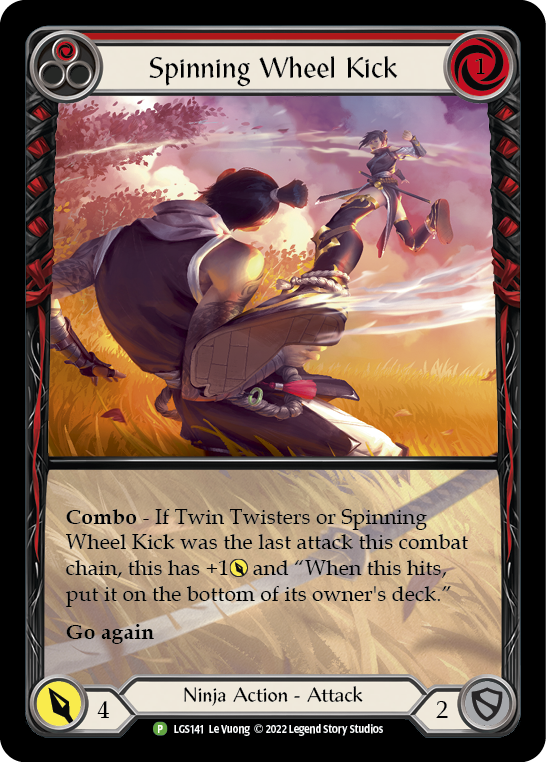
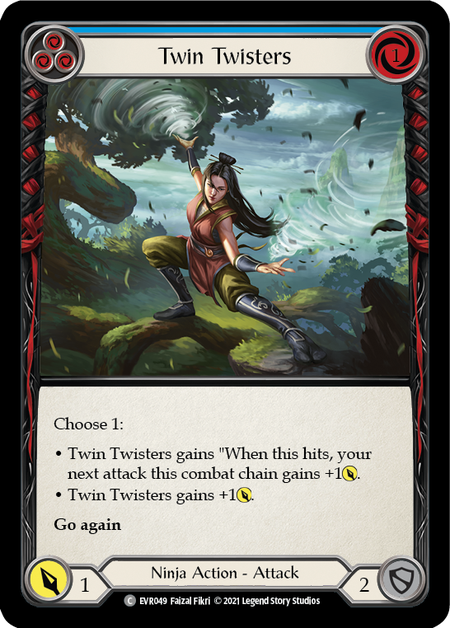
Starve
This is, of course, the opposite of feeding. Starving your opponent means specifically and intentionally not feeding them the things that they need or want. This can, of course, be pretty detrimental to your own draft deck: if you are taking cards just because the person to your left wants them, are you necessarily taking cards because you yourself want them? It can be very good to starve your enemy of the things they need, but you might just go about starving yourself while you are at it by just... not taking the cards you need for your own deck. Then again, sometimes it's fine to be the jester if you're also the kingmaker.
Value Draft
This is when a player intentionally takes the most monetarily-valuable card in the pack without considering if that card is good for their own deck. Drafts don't exist in a vacuum, and we all come to the table with holes in our collections!
Pod
A pod is the group of 6, 7, or (ideally) 8 players who are drafting together. In most cases, you will face off against the other players in your pod after the draft.
Signals
This term refers to the messages that are being sent around the table. It is a condensed term that incorporates feeding, starving, hate-drafting, and pack knowledge all in one. Let's say that the person to your right has been handing you packs with high quantities of high-value Brute cards - we might say that they are feeding you Brute. We might also look at this information and conclude another signal: the person to your right, if not the 2 or 3 people to your right, are apparently not picking powerful Brute cards. Reading the signals in a draft is endgame-type material; don't expect to know or recognize all of the signals in a draft the first few times you get into that particular draft environment.
Familiar with the Format - Next Comes Mastery
This initial article was crafted to give you the basics, but also some of the more interesting nuances of draft. This is a complex, meaty format that is very rewarding to sink your teeth into.
If you're ready to get deep into Outsiders-specific considerations, you'll have to follow me after the jump to our pro series piece on Drafting Outsiders to Win.





